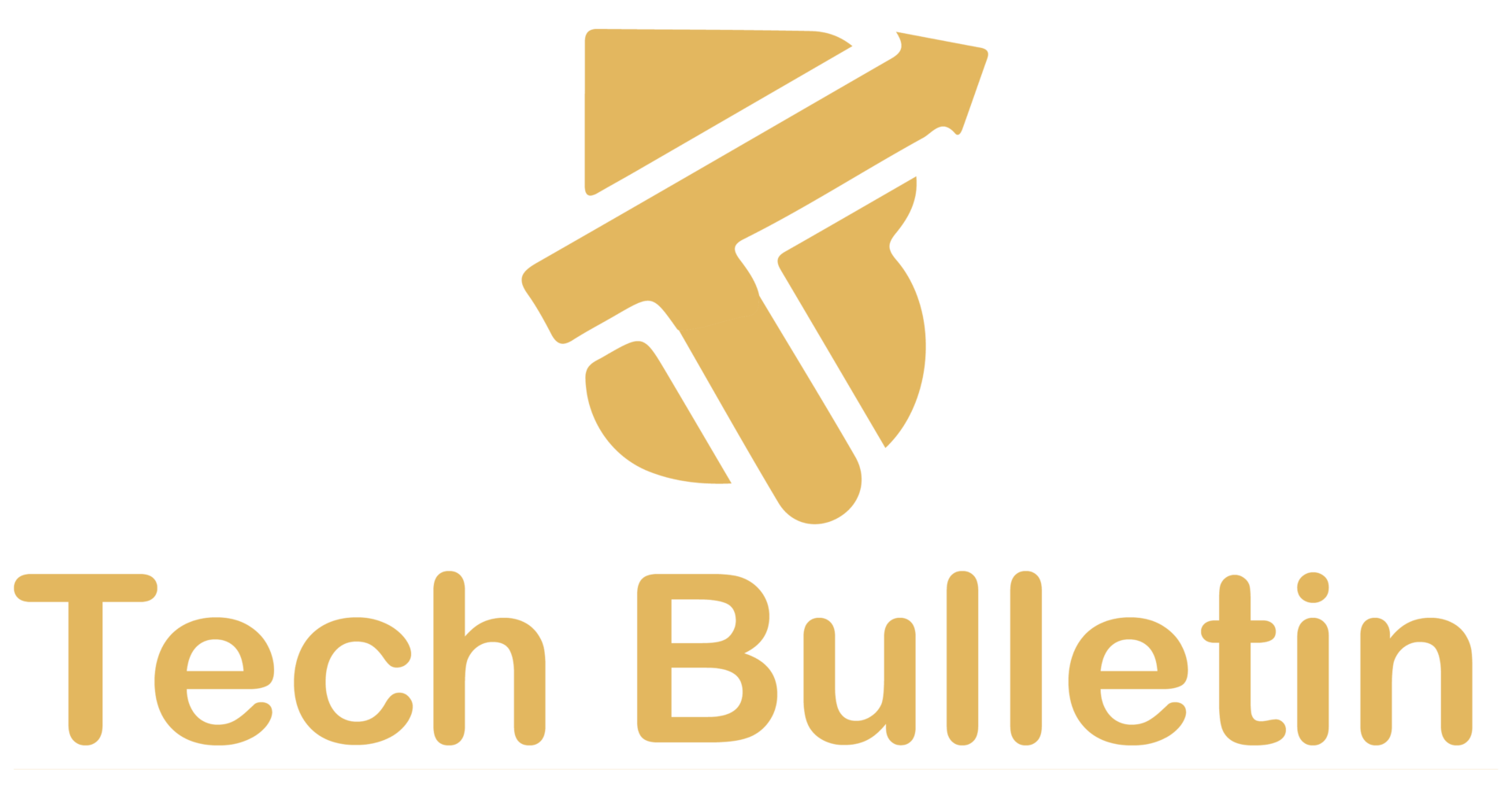AI Overlay for School Work: 7 Powerful Ways It’s Transforming Education

Education is evolving faster than ever, and artificial intelligence is playing a major role in that transformation. According to EdWeek (2024), 63% of educators in the U.S. are already using AI in their classrooms. Tools like AI overlay for school work have moved beyond experimentation, they’ve become essential.
Whether it’s auto-grading assignments or customizing lesson plans based on each student’s needs, AI overlays are changing the way teachers instruct and how students learn. But what exactly do these tools do, and why are they making such a big impact?
7 Powerful Ways AI Overlay Are Transforming Education

1. Personalized Learning Paths
Every student learns differently. Some breeze through math but stumble over reading comprehension. Others thrive on visuals or hands-on examples. Traditional classrooms often struggle to accommodate these differences, but AI overlays are built for it.
🎯 How it Works:
AI-powered systems track a student’s performance across assignments, tests, and even participation. Using machine learning algorithms, the system creates a detailed learner profile. Based on this, it delivers:
- Remedial content for struggling areas with targeted explanations
- Enrichment tasks, like puzzles or advanced modules, for students who finish early
- Flexible timelines, offering more time or challenges as needed
✅ Real-World Example:
Khanmigo, the AI assistant developed by Khan Academy, dynamically adjusts lessons in math and science to each student’s response pattern. If a student hesitates or gets multiple wrong answers, the AI slows down and explains the concept in simpler terms or with visuals.
📊 Impact:
According to McKinsey’s 2023 EdTech report, classrooms using personalized AI tools experienced a 30% performance improvement among students in lower percentile bands, especially in math and science.
2. Real-Time Feedback and Assessment
Timely feedback is critical for effective learning. But when teachers have 100+ students and limited hours, grading delays are inevitable. AI overlays step in to fill this gap.
🧠 Features:
- Instant grading: Multiple-choice, short-answer, and even essay-type questions are assessed in seconds
- In-context hints: AI doesn’t just mark wrong answers; it provides clues or references to revisit concepts
- Visual signals: Color-coded feedback helps students spot areas needing attention quickly
✏️ Teachers’ Role:
Rather than spending hours manually reviewing homework, educators can use AI data to identify:
- Which students need interventions
- Which topics need re-teaching
- Which groups can move ahead
This shift allows teachers to become facilitators of learning, not just graders of work.
3. Smart Content Generation
Teachers spend a significant portion of their time creating classroom materials. AI overlays reduce this burden by generating engaging and curriculum-aligned resources in seconds.
📍What It Can Create:
- Quizzes & MCQs with answer keys
- Interactive games or simulations
- Flashcards for vocabulary or concepts
- Custom worksheets based on current topics
🔧 Tools in Action:
- Quizizz AI: Teachers enter a topic, and the AI creates a quiz in seconds.
- ChatGPT Edu: Teachers or students can ask for writing prompts, essay outlines, or discussion questions aligned with syllabus goals.
💡 Student Benefit:
Struggling with writer’s block? AI can generate a basic essay outline based on a topic like “The Water Cycle,” giving students a structured head-start while still encouraging critical thinking.
4. Enhancing Accessibility and Inclusion
One-size-fits-all education often leaves behind students with unique needs. AI overlays can bridge that gap, offering real-time support tailored to individual accessibility requirements.
🛠️ Key Accessibility Features:
- Text-to-speech for visually impaired students or non-readers
- Speech-to-text for students with dyslexia or writing difficulties
- Real-time language translation for ESL learners
- Simplified summaries for neurodivergent learners or those with learning disabilities
According to the National Center for Education Statistics (2022), over 15% of U.S. students require some form of accommodation. AI overlays ensure these students aren’t excluded but are empowered to learn alongside their peers.
5. Supporting Teachers with Automation
Educators wear many hats: lesson planner, counselor, administrator, and tech support. AI helps streamline these roles so teachers can focus on what matters: teaching.
✅ Automatable Tasks:
- Parent-teacher scheduling based on availability
- Report card generation using performance analytics
- Lesson planning through AI-assisted curriculum mapping
- Data analysis of student engagement or class trends
🧰 Helpful Tools:
- MagicSchool AI: Built for educators, this platform helps generate learning objectives, assignments, and lesson plans
- Grammarly Edu: Offers grammar feedback and readability scores for student submissions
By reducing administrative overhead, AI gives teachers more time for one-on-one mentoring and differentiated instruction.
6. Reducing Academic Stress
Students often feel overwhelmed by complex assignments or tight deadlines. AI overlays act as friendly guides that help students move at their own pace, fostering confidence instead of fear.
🧘 Stress-Relieving Features:
- Scaffolded instructions: Tasks are broken into smaller, achievable steps
- Progress indicators: Students can visually track their journey toward mastering a topic
- 24/7 availability: Learning support is always on, even late at night before a big test
🌐 Student Testimonial:
“Before using AI, I’d cry over my math homework. Now, I ask the AI to explain it again in a different way—and I get it,” says Ava, an 8th grader from New York.
This personalized support system helps reduce performance anxiety and encourages risk-taking in learning.
7. Boosting Creativity and Critical Thinking
AI is often criticized for promoting robotic thinking. But in the right hands, it can unlock higher-order thinking and imaginative exploration.
AI-Powered Creativity Tools:
- Story generators that offer first lines or plot twists
- Mind mapping apps with AI-generated idea branches
- Debate tools that offer arguments for both sides of a topic
- Art tools like DALL·E that create visuals for storytelling or presentation
These tools don’t give “the answer,” they give options. Students then use reasoning and creativity to choose, critique, or combine those ideas.
How to Implement AI Overlay in Schools
Successfully integrating AI overlay in schools requires thoughtful planning, the right tools, and strong collaboration among stakeholders. While the idea of adding artificial intelligence to the classroom may seem complex, the process becomes manageable when broken into clear steps.
Here’s a comprehensive guide to implementing AI overlays in schools effectively:
1. Assess Your School’s Readiness
Before introducing AI overlays, conduct a readiness audit. This includes:
- Technology infrastructure: Does the school have stable internet, updated devices, and compatible software?
- Teacher comfort levels: Are educators familiar with digital tools, or will they need training?
- Student access: Can every student reasonably use the AI tools at home and in class?
A readiness checklist helps schools determine which tools to adopt and what areas need investment or support.
2. Set Clear Educational Goals
AI should never be introduced just because it’s trendy. It must serve a specific purpose, such as:
- Improving individualized learning
- Enhancing formative assessments
- Supporting inclusive education
- Reducing administrative workload for teachers
By aligning AI implementation with curriculum objectives, schools ensure the technology supports real educational outcomes.
3. Choose the Right AI Overlay Tools
Select tools based on:
- Ease of use: Tools should be user-friendly for both students and teachers.
- Data security: Look for compliance with FERPA (U.S.) or GDPR (EU) guidelines.
- Customization: The best AI overlays adapt to different grade levels, subjects, and learning needs.
✅ Examples of AI Overlay Tools:
| Tool | Function |
|---|---|
| Khanmigo | Personalized tutoring and content explanation |
| MagicSchool AI | Automates lesson plans and rubrics |
| Socratic by Google | Answers questions using AI + search engine |
| Quillionz | Creates quizzes and assessments from content |
| Read&Write | Accessibility and literacy support |
4. Provide Training and Support
Teachers are the key to AI’s success in the classroom. Without their buy-in, even the best tools will fail.
📚 Training Methods:
- Host interactive workshops to demonstrate AI overlays in action
- Create peer mentoring groups so experienced teachers can guide others
- Offer ongoing support through digital help desks or IT coordinators
Professional development should also include topics on AI ethics, data privacy, and bias mitigation.
5. Start with a Pilot Program
Before full-scale implementation, run a pilot in selected classrooms or grade levels.
This allows schools to:
- Identify unforeseen challenges
- Collect teacher and student feedback
- Adjust policies and support systems
The pilot phase helps refine the approach and build confidence before district-wide adoption.
6. Monitor, Evaluate, and Adjust
Once AI overlays are active, it’s crucial to track their impact.
🔍 Use KPIs such as:
- Student performance and engagement metrics
- Time saved on grading or lesson prep
- Inclusivity improvements for students with special needs
Use surveys, analytics, and classroom observations to evaluate how well the AI overlays are meeting learning goals. Adjust settings, provide additional training, or explore better tools if needed.
7. Create Policies for Ethical Use
AI implementation must be guided by clear ethical frameworks.
Key considerations include:
- Informed consent from parents and students
- Transparency about how AI collects and uses data
- Bias checks to ensure fair treatment of all learners
- Limitations on AI’s role in grading or decision-making
Refer to standards from organizations like the International Society for Technology in Education (ISTE) to craft a responsible AI policy.
8. Ensure Equity and Accessibility
Every student should benefit from AI overlays, not just those with better access or higher tech literacy.
To ensure equity:
- Provide loaner devices or offline-compatible tools
- Train students on how to use the AI responsibly
- Support non-native English speakers with multilingual overlays
9. Engage Families and the Wider Community
Parents and guardians should understand how AI is being used in the classroom.
Hold information sessions that explain:
- What AI overlays do
- How do they protect student data
- The benefits for their children’s learning
Building trust with families increases transparency and acceptance.
10. Scale Gradually
Once the pilot program is successful, scale up AI overlays grade by grade or subject by subject.
Maintain an iterative approach:
- Keep gathering feedback
- Celebrate successes
- Share best practices across departments
Gradual scaling allows for smoother transitions and ensures that both staff and students are ready.
✅ Tip:
The goal is not to replace traditional education, but to enhance it with smart, data-informed, and student-focused AI overlays. Schools that plan and implement thoughtfully can harness AI to foster a more engaging, inclusive, and personalized learning environment.
Conclusion
The rise of AI overlay for school work marks a turning point in how we educate the next generation. From personalizing content to reducing teacher workload and making learning inclusive, AI overlays are transforming classrooms one click at a time.






